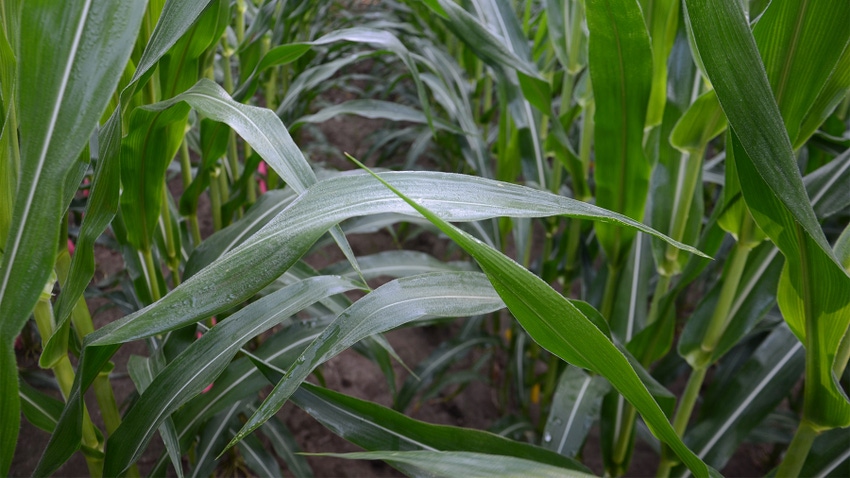
“On no, not another article on tissue sampling. Why go out in a hot cornfield, pull samples, spend money and scratch your head at results? I will listen to my local fertilizer dealer folks and forget about tissue sampling.”
OK, stop! Before you turn the page or hit delete, hear what Josh Johnston says. He’s read the articles and even given the talks. He’s convinced that if you approach tissue sampling correctly, it’s another valuable tool.
“You may have to change your mindset,” says Johnston, an agronomist with AgriGold. If you think of it as a tool, there are ways to use results over time, incorporating them into your thought processes so you make more informed decisions, he says.
3-step process
Johnston outlines three steps toward initiating, building and using a tissue testing program:
1. Take a disciplined approach. Before you plant, have a plan detailing when you expect to pull leaf samples. Some suggest taking samples at least three times: at V5, at V10 to V12, and just after pollination. Johnston suggests an alternative.
“Consider pulling samples based on growing degree unit accumulations,” he says. “Consider pulling five samples, beginning once 350 GDUs accumulate, then at 750; 1,150; 1,750; 2,000 and 2,400 GDUs.
“Be disciplined about it, especially when you’re starting out. What you’re trying to do in year one is build a road map. You’re collecting information and learning how nutrient levels vary during the year.”
Then you can look for holes in your soil fertility program, Johnston adds. Don’t be surprised if it is challenging to understand why nutrient values vary, especially for phosphorus and potassium.
2. Take stock in lessons learned. Some nutrient levels are higher early. “Take boron, for example,” he says. “Corn needs higher levels of boron early in the growing season. It plays an important role in determining ear size and length. Time nutrient applications so that you have adequate amounts of boron available early in the season.”
Why continue tissue sampling to 2,400 GDUs? “You need adequate nutrition late in the season for grain fill,” Johnson says. “So, find out through tissue sampling if plants are still getting what they need in terms of nutrients. In general, plants use more nutrients later in the season than during the first 500 GDUs of growth.”
3. Think about how you measure success through tissue sampling. Here’s where the proper mindset becomes important, Johnston says. The yield formula for corn is complicated. It’s one reason why early on, tissue sampling may raise more questions than it answers. Look for things you can change now based on results, but also build your knowledge base for the future.
“Boron is a good example again,” he says. “If you test early and it is lower than it should be, you may still have time to correct it that year.”
Going forward, Johnson believes new technologies may make it easier to use tissue sampling as a management tool. For example, Leaftech Ag is launching a hand-held tool that delivers nutrient measurements on the spot within three minutes. Check it out at leaftechag.com.
Read more about:
Tissue TestingAbout the Author(s)
You May Also Like




